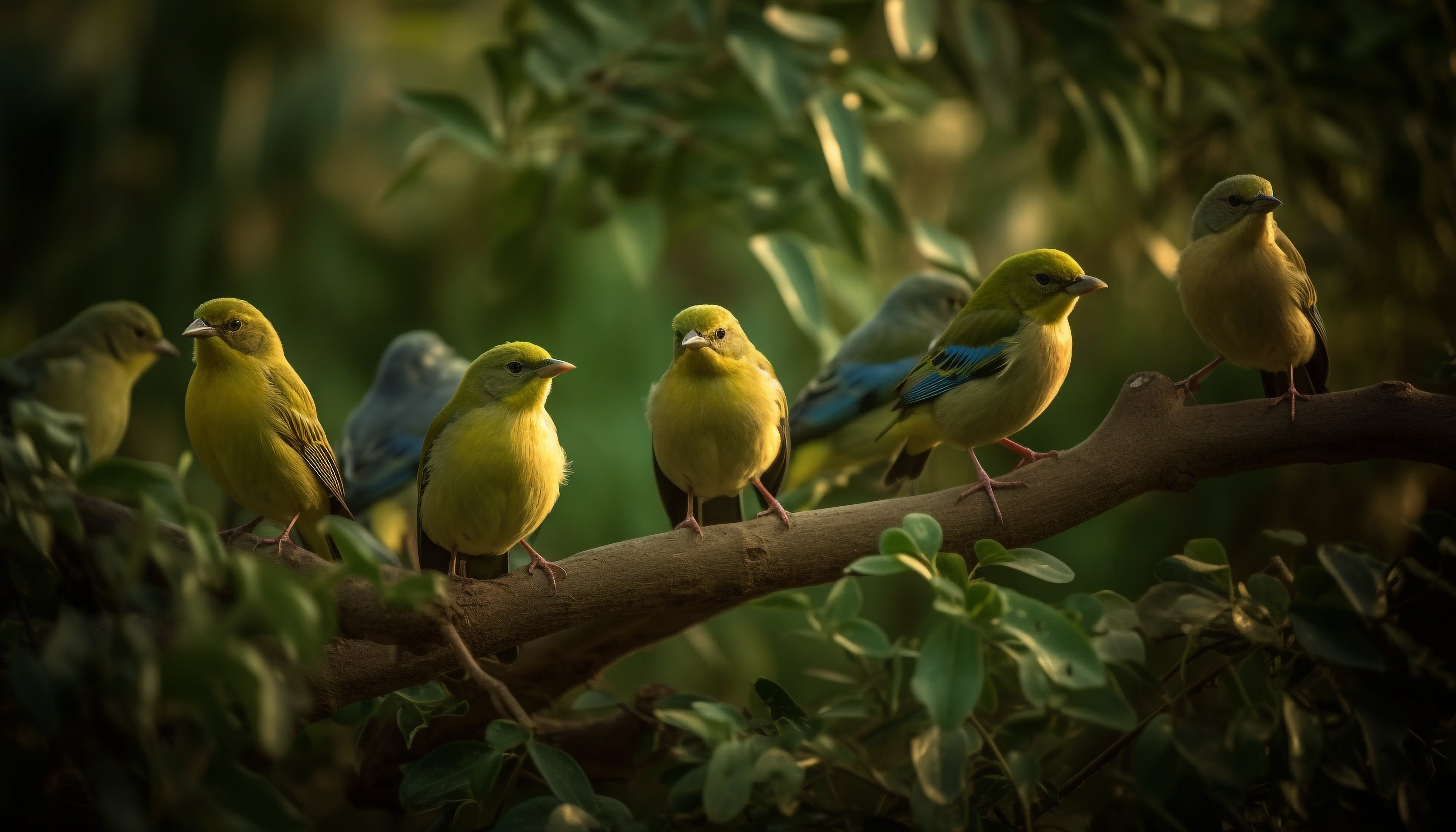SOCIAL BIRDS: HOW TO MEET THEIR NEEDS

SOCIAL BIRDS: HOW TO MEET THEIR NEEDS
SUMMARY
Ensure your social bird thrives by understanding their companionship needs and providing mental and emotional stimulation. This guide explores how to keep social birds engaged, prevent loneliness, and build a strong, trusting bond with your feathered friend.
FEATURES
- Understanding Social Birds: Learn why some bird species require daily interaction.
- Companionship Needs: Determine if your bird needs a mate or human bonding time.
- Preventing Loneliness and Boredom: Provide proper enrichment to keep your bird engaged.
- Safe Socialization with Other Birds: Introduce multiple birds and manage flock dynamics.
- Human Interaction and Training: Build trust through positive reinforcement and routine interaction.
- Talking and Vocal Engagement: Encourage speech, mimicry, and playful communication.
- Interactive Play and Enrichment: Use toys, games, and activities to stimulate your bird.
- Balancing Alone Time and Socialization: Create a schedule that meets your bird’s social needs.
DESCRIPTION
Social birds, such as parrots, lovebirds, cockatiels, and budgies, require regular interaction and mental engagement to stay happy and healthy. These birds naturally form strong bonds with their flock, whether that’s other birds or their human caretakers. Understanding and meeting their social needs is essential for preventing loneliness, stress, and behavioral problems.
Understanding social birds means recognizing that they thrive on companionship. In the wild, social birds live in flocks, constantly communicating and engaging with one another. In captivity, they require consistent interaction to prevent feelings of isolation and boredom.
Companionship needs vary depending on the bird species and individual personality. Some birds, like lovebirds and parrotlets, form deep pair bonds and do best with another bird companion, while others, such as African Greys and cockatoos, can thrive with regular human interaction if provided with enough attention and stimulation.
Preventing loneliness and boredom is crucial, as isolated birds can develop destructive behaviors such as feather plucking, excessive screaming, or aggression. Providing plenty of stimulation, including toys, mirrors (for certain species), and interactive playtime, keeps their minds engaged.
Safe socialization with other birds requires careful introduction and monitoring. Some birds enjoy having a cage mate, while others may become territorial. Gradual introductions in neutral spaces, observing body language, and allowing supervised interactions help ensure a smooth relationship.
Human interaction and training play a significant role in keeping social birds mentally stimulated. Daily handling, gentle training exercises, and activities such as target training or recall training can strengthen the bond between a bird and its owner while providing structured engagement.
Talking and vocal engagement are great ways to interact with social birds. Parrots, budgies, and cockatoos can learn to mimic words and sounds, creating fun and rewarding communication opportunities. Talking to your bird, repeating phrases, and whistling together help reinforce their social nature.
Interactive play and enrichment keep social birds happy and engaged. Offering puzzle toys, foraging activities, and group play sessions encourages problem-solving and prevents boredom. Birds enjoy a variety of textures and objects, such as hanging ropes, bells, and climbing ladders.
Balancing alone time and socialization is important to ensure a bird feels secure without becoming overly dependent. Establishing a structured daily routine that includes both interactive play and quiet time allows birds to develop independence while still receiving the attention they crave.
By understanding and meeting the needs of social birds—through companionship, training, vocal engagement, and interactive enrichment—you can create a loving and stimulating environment that keeps your bird happy and emotionally fulfilled. Proper social care leads to a well-adjusted bird that thrives in both human and avian companionship.
- sri palani

Comments 0